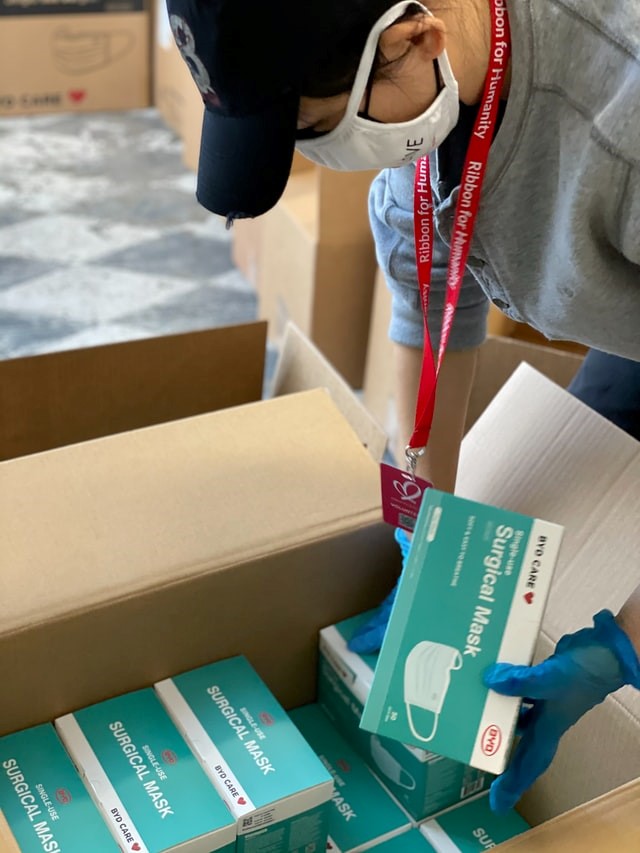
Are you witnessing an increase in business with more items being shipped more frequently? You would, of course, want to keep costs to a minimum when it comes to warehouse and shipping costs.
In the world of logistics and supply chains and big warehouses, figuring out the optimal packaging option can be quite challenging, and that is where cartonization comes to the rescue. It helps you determine the most effective way to pack items, reducing costs and increasing efficiency. Cartonization helps you reduce costs by optimizing the weight to size ratio of shipments, less wasted packaging, and improving warehouse productivity.
What is cartonization?
In modern Warehouse Management Systems, cartonization is an algorithmic process that determines the best configuration for packing an item. It determines the optimal size of a carton for a product, as well as the number of products that should go into each carton.
The goal of cartonization is to pack products as safely and tightly as possible. It considers the unique shape and characteristics of each product to determine the packing configuration so that there is minimal empty space between them. Since it is an automated process, it takes away a significant amount of guesswork that would otherwise be necessary when packing is done manually. In modern warehouses that have a huge number of goods and shipping deadlines, cartonization helps to choose the most efficient packaging option.
With rising demands for secure and same-day delivery, cartonization can help businesses and warehouses remain productive and efficient.
How does cartonization work?
Cartonization makes use of advanced algorithms to bring in efficiency in packaging. It uses three variables to determine the number and size of required containers for a shipment. These variables are:
- The size of the products
If you need to ship a large product, it may not be wise to do so in a single container. Wherever possible, large products are disassembled into individual components and packed in several boxes. This is a more economical approach because shipping carriers charge less for smaller packages.
- The shape and material of the products
Products of different shapes and materials require different packaging. You cannot pack a pair of skis in the same way like a bowling ball. Similarly, if you are transporting refrigerated goods, you need to do so in insulated coolers to keep food fresh.
- The product itself
It is important to consider the nature of the product to ensure it is packaged properly and safely. For instance, fresh produce cannot be packed in the same carton as wall paint. Some products may be delicate or fragile, which means they will need additional packagings like bubble wrap or more.
What are the benefits of cartonization?
Cartonization can be immensely beneficial in boosting the bottom line of your business because of the efficiencies it creates. It also leads to happy customers because customers receive their orders on time and as they expected, which eventually leads to future orders.
Other benefits of cartonization include:
Accurate and Cost-Effective Packaging
Cartonization determines the right number of boxes and packaging material for each order. It helps to cut down the material cost of packaging and also optimize space. When orders are packed correctly, it also reduces the chances of something breaking en route.
Improved Utilization Levels through efficient Reduction in Volumetric Weight
Cartonization determines optimum packing configuration, ensuring the right utilization through an efficient reduction in volumetric weight. The reduced weight also reduces shipping charges since carriers usually charge less for lesser weight.
Optimized carton configuration prior to pick and pack
With cartonization, workers can directly pack their items into the final shipping containers. It accelerates warehouse processes and reduces shipping times.
3D visualization to give a comprehensive container image
Containerization also uses three-dimensional visualization to give you the entire container image. This allows for better packaging for optimal utilization of space inside the container.
Ability to stack layers and determine how weight or shape of items may impact the whole stack
With more and more consumers expecting free shipping, carrier capacity constraints could eat into your bottom line. You must be able to stack cartons to be able to ship more in lesser space. Cartonization determines how the weight and shape of various products could impact stacking.
Cartonization makes packaging and shipment as cost-efficient as possible, helping you avoid additional fees and improving your bottom line. To know more about cartonization, visit Mojro.com today.
Popular search: cartonization planning, best cartonization software, cartonization software, cartonization, cartonization in warehouse management,